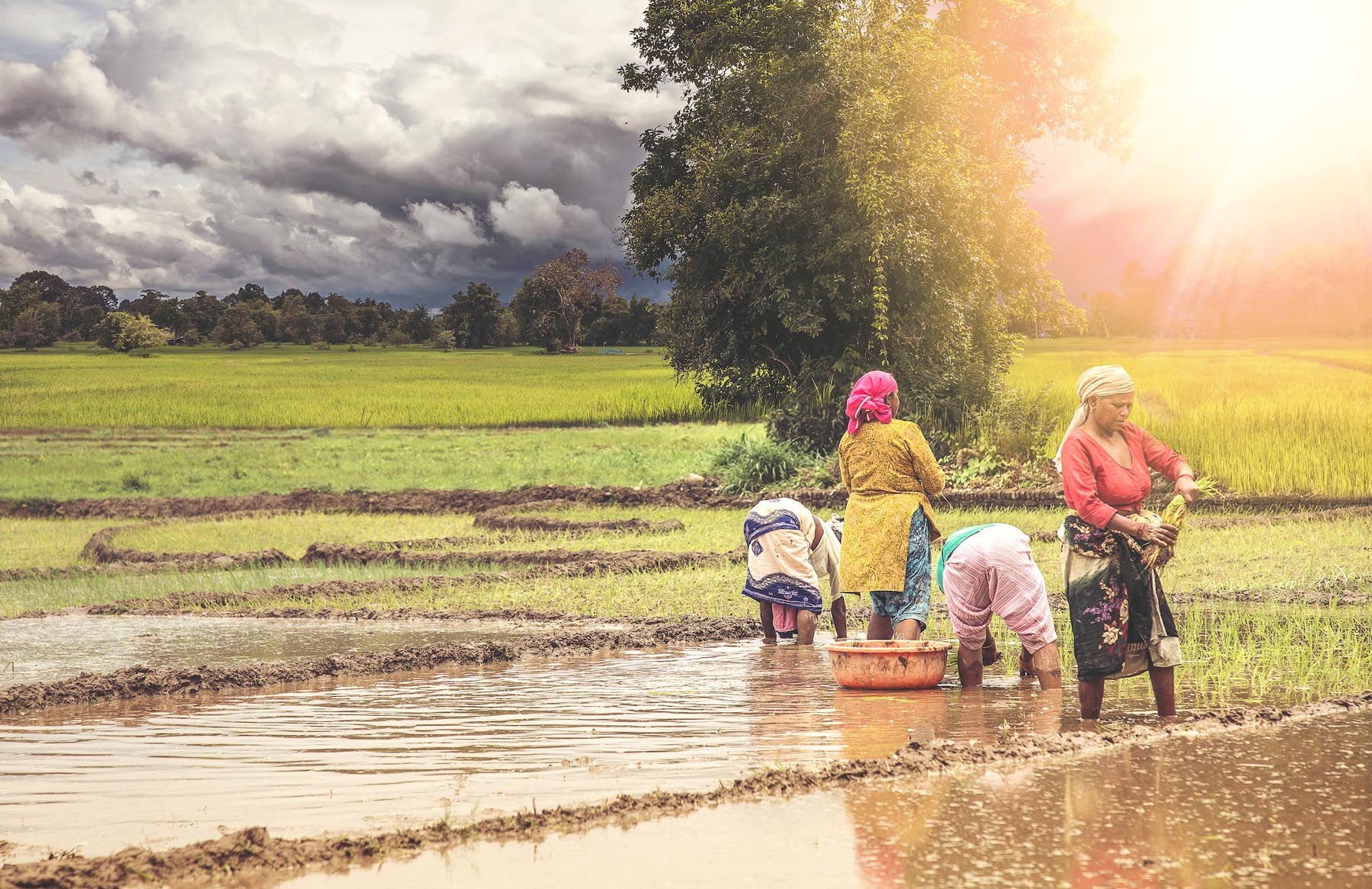Global climate change poses particular risks to poor farmers in developing countries, but there are steps that farmers, policymakers, and researchers can take to minimize losses and adapt to climate change.
Past emissions that are already in the pipeline mean that even if global emissions stopped today, the Earth’s temperature would rise by about 0.5 to 1.0 degree Celsius over the next several decades. If global emissions stabilize at today’s level, the temperature would increase by 2 to 5 degrees Celsius by the time it reaches equilibrium. And if emissions continue to grow at current rates, they would cause temperatures to rise by 3 to 10 degrees Celsius, not including climate feedback effects that could further exacerbate climate change in a vicious circle.
Awareness of climate change and its risks has now made it firmly onto the international agenda. Former U.S. vice president Al Gore recently released a documentary, An Inconvenient Truth, on the risks of global warming, and in October 2006 Sir Nicholas Stern, a U.K. Treasury official and former World Bank economist, published the “Stern Review on the Economics of Climate Change,” a 700-page report arguing that the risks are large and the costs of acting now are relatively small.
“Climate change is rapidly emerging as one of the most serious threats that humanity may ever face,” said Kenyan Environment Minister Kivutha Kibwana at the opening of the United Nations Climate Change Conference on November 6. The conference, of which Kibwana was president, brought together representatives of the 166 parties to the Kyoto Protocol for their second meeting.
Because it is linked so closely to natural resources and climate conditions, agriculture will keenly feel the effects of climate change through changes in both temperature and precipitation, and thus the availability of water for growing food. Scientists predict that the interiors of major continents will warm more quickly than the oceans. In addition, current weather extremes are likely to be exacerbated. It is likely that wet areas of the world will get even wetter, and dry areas will get drier. Thus, for example, monsoons in South Asia will intensify, while arid regions of Africa will become drier. Mark Rosegrant, director of IFPRI’s Environment and Production Technology Division, points out, “Agriculture is the largest consumer of water globally, and as climate change alters the quantity and reliability of water supplies, it could threaten the welfare of millions of poor farmers.”
Clearly, controlling and ultimately reducing greenhouse gas emissions are essential to minimizing the severity of global climate change and its harmful effects. Yet global warming has already begun, and given the levels of past greenhouse gas emissions, it will continue for decades.
According to Bob Watson, the World Bank’s chief scientist and advisor for environmentally and socially sustainable development, “The Earth’s climate is already changing, and further change is inevitable. Therefore we need to both mitigate climate change and to adapt to climate change. Clearly, the industrialized countries must take the lead in mitigating climate change by reducing greenhouse gas emissions, but large developing countries such as India and China will also have to start to reduce their emissions over the next 20 to 30 years, albeit with differentiated responsibilities. But for many countries, especially in Africa and small countries in Asia and Latin America, the challenge of the day is adaptation to current climate variability and climate change.”







